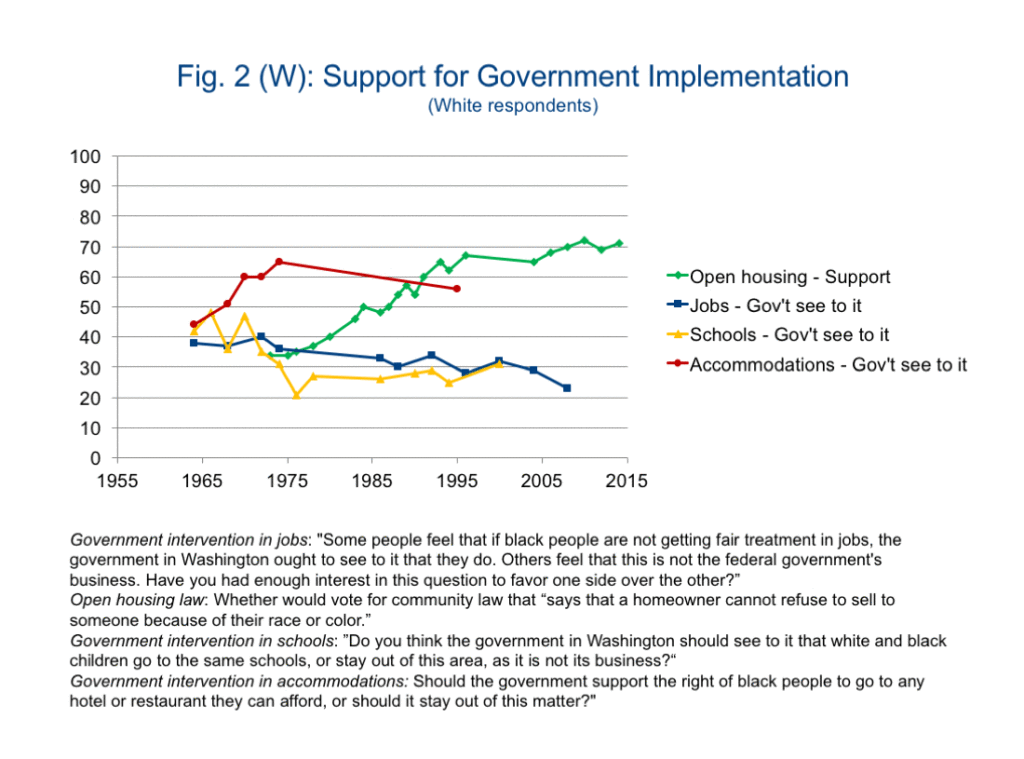“If you have come to help me, you are wasting your time. If you have come because your liberation is bound up with mine, then let us work together.”
That’s what global activist and artist Lilla Watson said at the 1985 United Nations Decade for Women Conference in Nairobi, and it still rings true. Through her words, we can come to understand the fundamental difference between advocacy and action in the way leaders approach cultural transformation in their organizations.
As human beings and citizens of the world, our destinies are inextricably linked. Dismissing this fact and instead opting for conversations and multimillion dollar commitments alone is where many companies fall short. That’s because those efforts often do more for the brand externally than they do for internal employees, particularly those underrepresented in the space and who may already be experiencing a lack of belonging and career support.
So how does all this impact the pipeline and retention of Black leadership in predominantly white corporate spaces? For starters, white leaders and allies must reconcile their attitudes about racial justice with the actions and sacrifices they are willing to make to create lasting change.
A University of Illinois study found that the clear trend toward more liberal racial attitudes regarding the principles of racial equality is not matched when the question becomes one of support for the *implementation* of the principle of equality. Whites are less willing to endorse action—at the local or federal level—to ensure the principle of equality than they are to support the abstract principle.
It’s difficult to imagine that these trends aren’t mirrored in the workplace or that they don’t significantly impact on what Black workers face as they pursue leadership roles. The cold hard facts about the misalignment and, in some cases deep chasm, between attitudes and action, are sobering and, at first glance, a bit discouraging. But every day, determined and thoughtful leaders are indeed taking action. Here are three ways the best culture creators are acting against structural barriers.
Location, Location, Location
Mckinsey reports that nearly 60% of the Black labor force in the U.S. is located in Southern states. In light of this, forward-thinking leaders are more intentional than their counterparts in phasing out location-bound roles to broaden access to Black talent. These leaders start by asserting unequivocally that there is enough qualified Black talent to fill every role in the company. This proactive approach gives organizations a competitive advantage, bringing in top talent from all over the country, while their counterparts throw their hands up in surrender and continue waiting for Black candidates to find them.
Getting Under The Hood
The scramble to implement one and done, performative DEI training is something many of us have seen all too often over the past year. Inclusive leaders, by contrast, take a few steps back to assess the state of their existing internal culture to implement more tailored, ongoing programs that address the company’s specific needs. Taking it a step further, these organizations pay black consultants to come in and conduct these initial assessments. The goal of these efforts is to identify internal blockers to diverse and inclusive culture at work. These blockers can be policies or people who endeavor to maintain the status quo.
The Buck Stops Here
The most recent wave of widespread awakening to social justice as a moral imperative brought an uptick in racial outsourcing. Stories of junior level Black employees being tasked with the unpaid labor of educating their leadership and colleagues, running ERGs yet still somehow maintain satisfactory performance in their current roles, are too often heard. An often unspoken aspect of this is how the work these Black employees do go unpaid, it’s often not considered in a performance review. These facts point to an outright lack of value placed on racial justice work, particularly when that work is done by unpaid Black workers. The leaders avoiding this pitfall do so by simply putting their money where their mouth is. They pay ERG leaders, codify executive sponsorship and link outcomes to executive pay.
These leaders’ work, along with the research, illuminates the depth of this complex issue and the role hope, inspiration, and bold action play in turning the tide for lasting structural impact. It illustrates that this is an all-hands-on-deck problem, which takes a forward-thinking approach that roots out ideas, people, and policies that prevent well-meaning attitudes from becoming meaningful action.
To learn more about equitable career advancement, check out the Checklist: Equitable Performance Management and Career Advancement.











